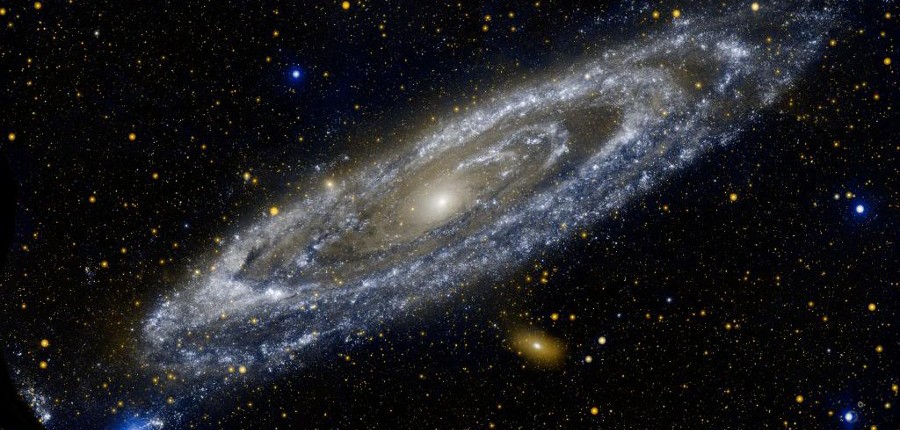I recently commented on an astrophysicist’s blog regarding a claim I consider ahistorical and inaccurate. The comment was deleted. I don’t have a problem with that – a blog is a personal space. However, I was responding to a specific claim about the origin of General Relativity that is both common and false. What follows is the one paragraph remark I was commenting on and my now-deleted response which admittedly ranges a bit further than simply refuting the quote requires:
The equivalence of inertial mass with gravitational charge is a foundational principle of general relativity. There are flavors of GR in which it falls out explicitly, e.g., Yilmaz’s gravity. But it is basically an assumption.
The equivalence of inertial and gravitational mass was an observed and measured fact known to Galileo and Newton. It was not an assumption of GR. The mid-20th century extensions of what is now called the Weak Equivalence Principle were little more than conjectures of mathematical convenience “suggested” by Robert H. Dicke. They had nothing to do with the development of GR.
Along with John A. Wheeler’s aphoristic, empirically baseless, invocation of a causally interacting spacetime, Dicke’s two extensions of the WEP were surreptitiously hung on Einstein’s General Relativity producing a grotesque variant that by rights should be known as Dicke-Wheeler Relativity Theory. It is DWRT that has been the officially taught version for the better part of 50 years although the D-W distortions are almost always attributed to Einstein. He would have puked.
It is DWRT that prompts otherwise rational people to insist that, despite theoretical and empirical evidence to the contrary, the speed of light is some sort of universal constant. It is DWRT that promotes the false claim that Einstein explained gravity as being caused by the curvature of space.
As far as space itself goes, it is a relational concept exactly like distance. That is all the evidence supports. In fact, space is best understood as the aggregate of all distances that separate you from all the other things in the Cosmos that aren’t you. Substantival space is a mathematicist fiction that has no scientific basis.
Throughout the Cosmos, everywhere within our observational range where there is no matter there is only electromagnetic radiation. That is an empirical fact. Everywhere people imagine they see space there is electromagnetic radiation. At any given 3D location that radiation is flowing omnidirectionally from all the omnidirectional emitters (stars and galaxies) within range. That is what we observe and that is how we observe.
As Mach surmised we are connected to the rest of the Cosmos or at least to those objects within range. That non-simultaneous connection is via electromagnetic radiation – that is what’s there. Until recently no one had bothered to do a full survey of what might be called the Ambient Cosmic Electromagnetic Radiation. The authors of this interesting paper seem to think they are the first. Everybody else was too busy looking for some dark stuff apparently.
Modern theoretical physics is all theory and no physics; it consists of nothing but the unrelenting and fruitless effort to prop up two inert century old models whose assumptions of mathematical convenience were lapped by physical reality decades ago. Tinkering with obsolete mathematical models does not constitute a scientific endeavor even if that is all that has been taught for the last 40 years.
